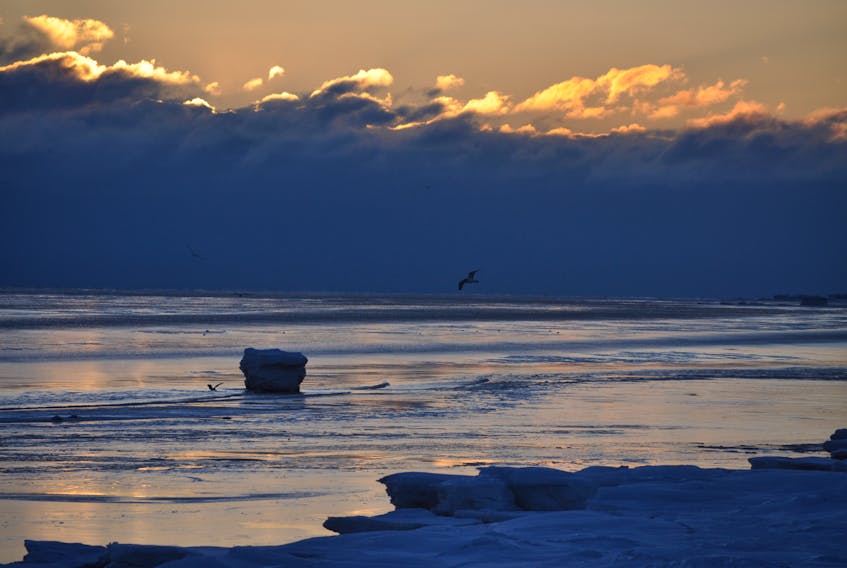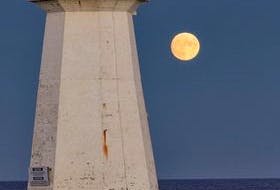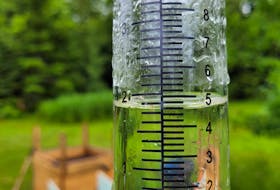Before we had 24-hour weather channels, Doppler radar or weather apps, people paid close attention to what was happening in nature.
My Grandmother was a master at reading the signs. She watched the clouds, the wind, the stars, the leaves on the trees and the birds too. She used to say: “If birds fly low, expect rain and a blow."
When Grandma noticed the birds flying close to the ground, she would say there was bad weather coming. That was a great observation, and accurate too. Here’s why:
A low-pressure system brings “unsettled” weather. High and low-pressure readings are an indicator of how much atmospheric weight is pushing down on an area. When the pressure is low, the air is free to rise into the atmosphere where it cools and condenses. This condensation forms clouds made of water droplets and ice crystals. Eventually, the water vapour in the clouds condenses and falls as rain.
So, in the presence of an area of low pressure, the air is “heavier,” making it difficult for birds to fly at higher altitudes. When birds fly low in the sky, you can be certain a weather system is approaching.
Generally speaking, low-flying birds signal rain, while high-flyers indicate fair weather. That's true for shorebirds as well, who stop flying and take refuge at the coast if a storm is coming.
Seagulls are special; they even have their own weather rhyme: "Seagull, seagull, sit on the sand, it's never good weather when you're on land."
When seagulls fly inland, expect a storm. Seagulls will return to land if they sense a drop in air pressure over the water.
This astute observation doesn't only apply to heavy summer precipitation and wind, but incoming winter weather can also cause birds to fly low.
People often ask if I have a favourite “Grandma Says" expression. I'm not sure, but this one is close to the top of the list.
- Want more weather information? Visit your weather page.
- Have a weather question, photo or drawing to share with Cindy Day? Email [email protected]
Cindy Day is the chief meteorologist for SaltWire Network









